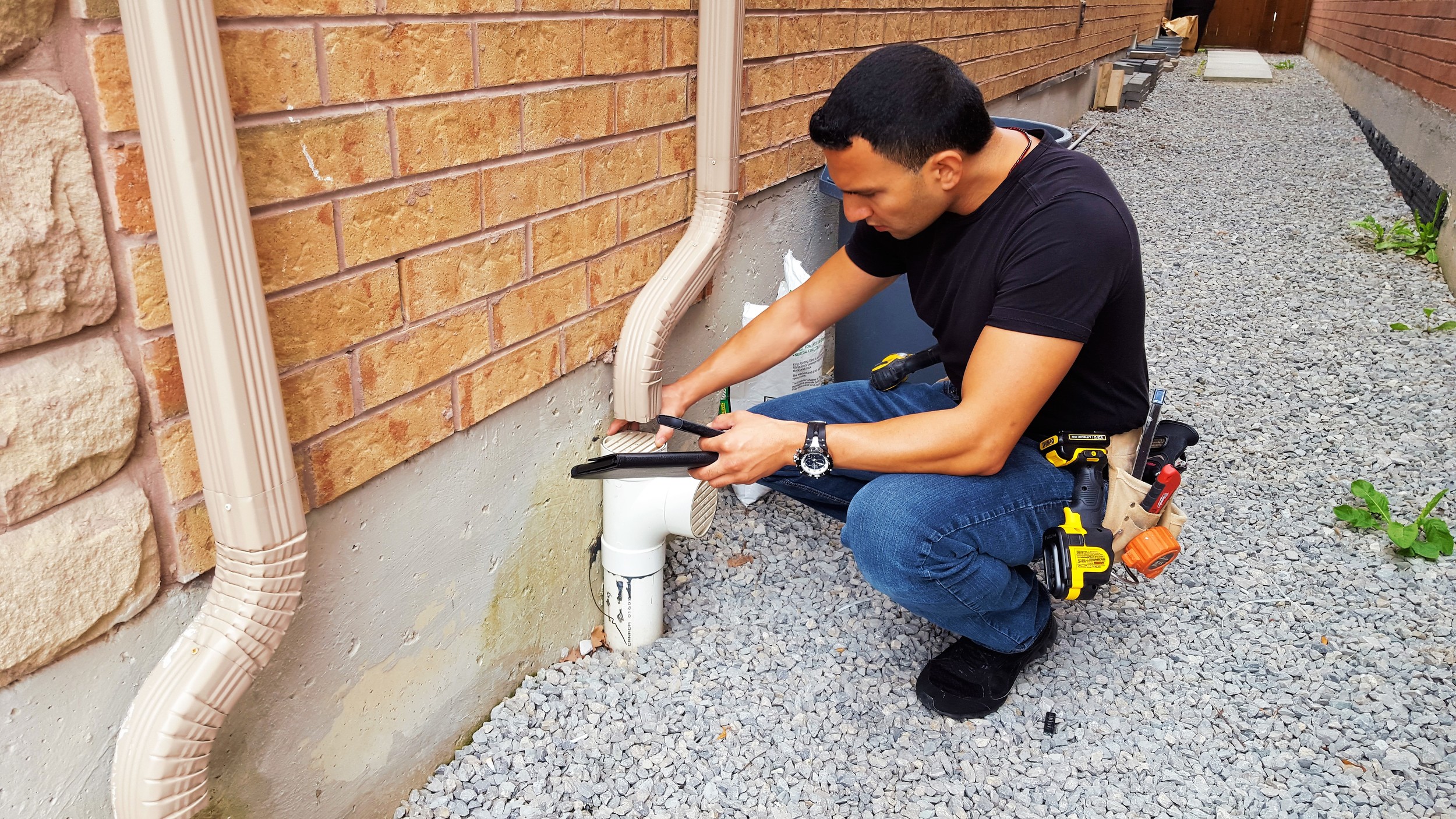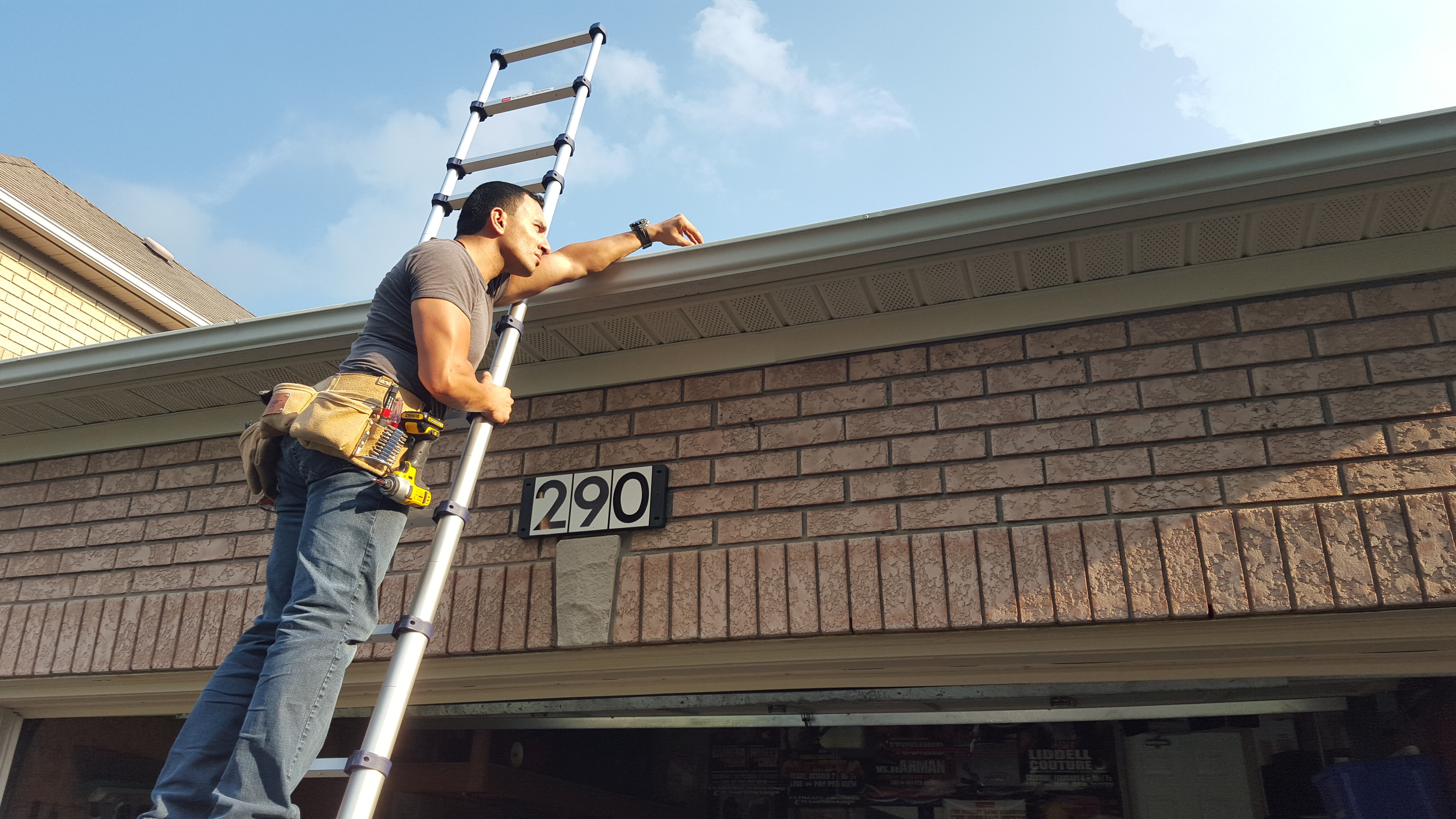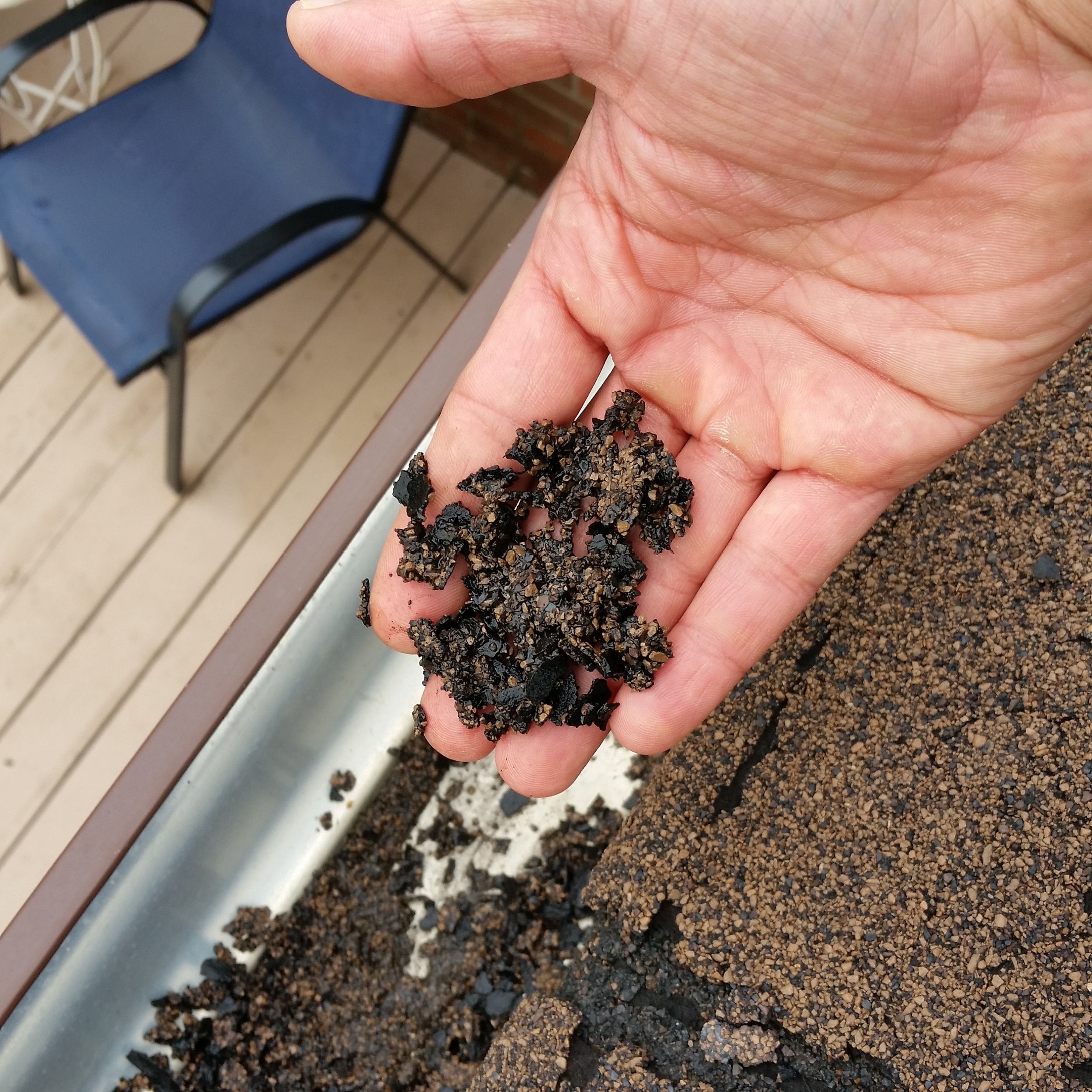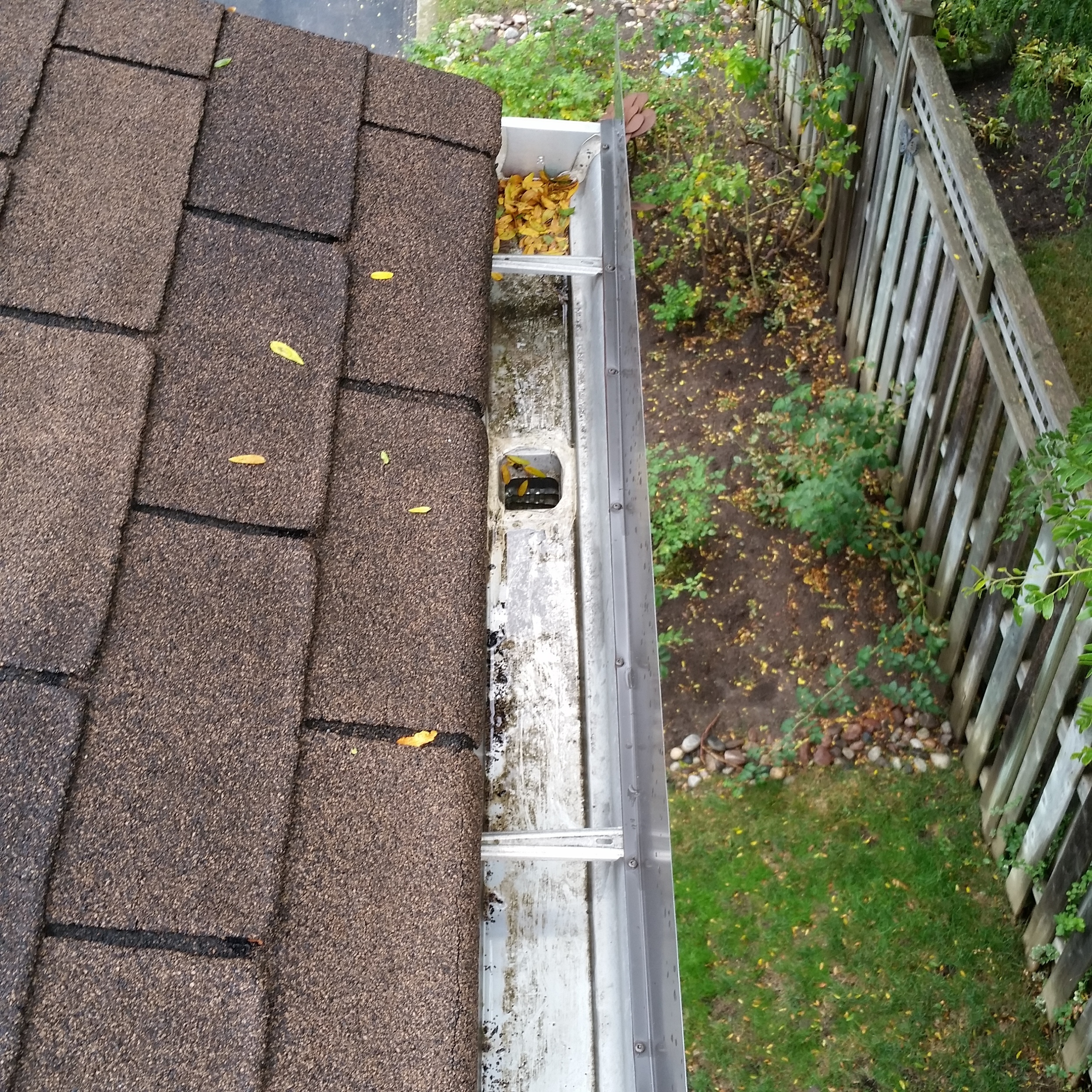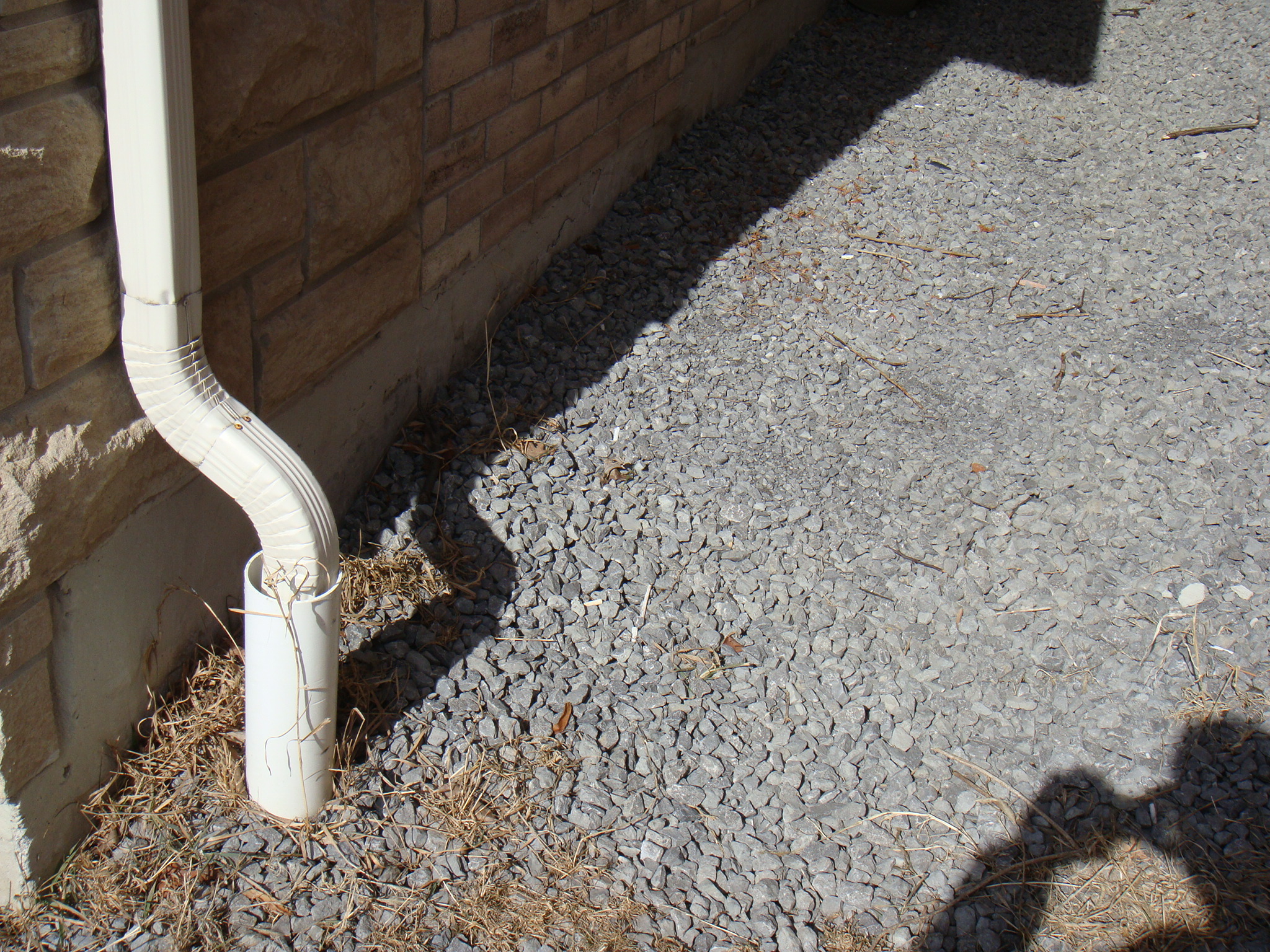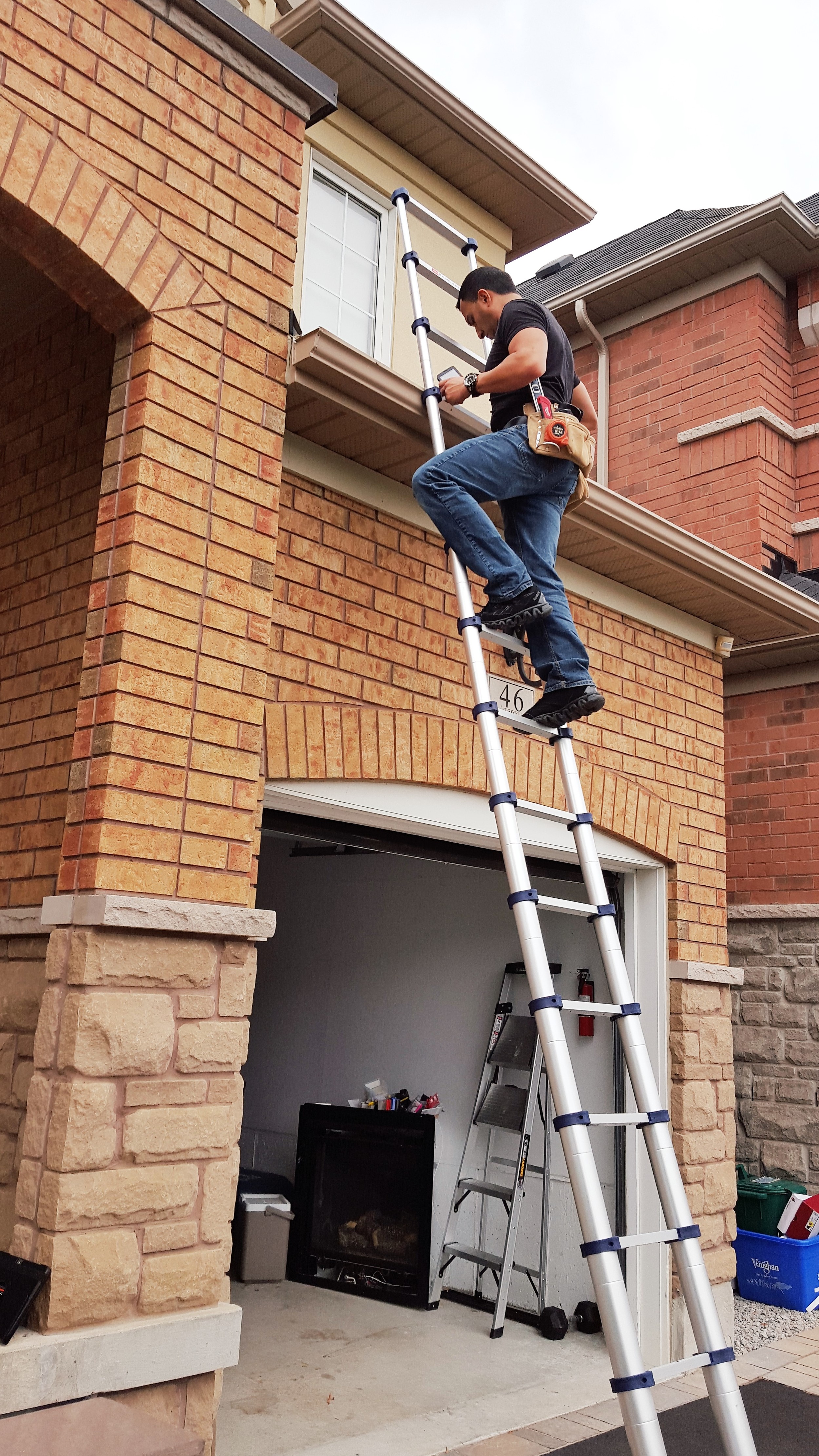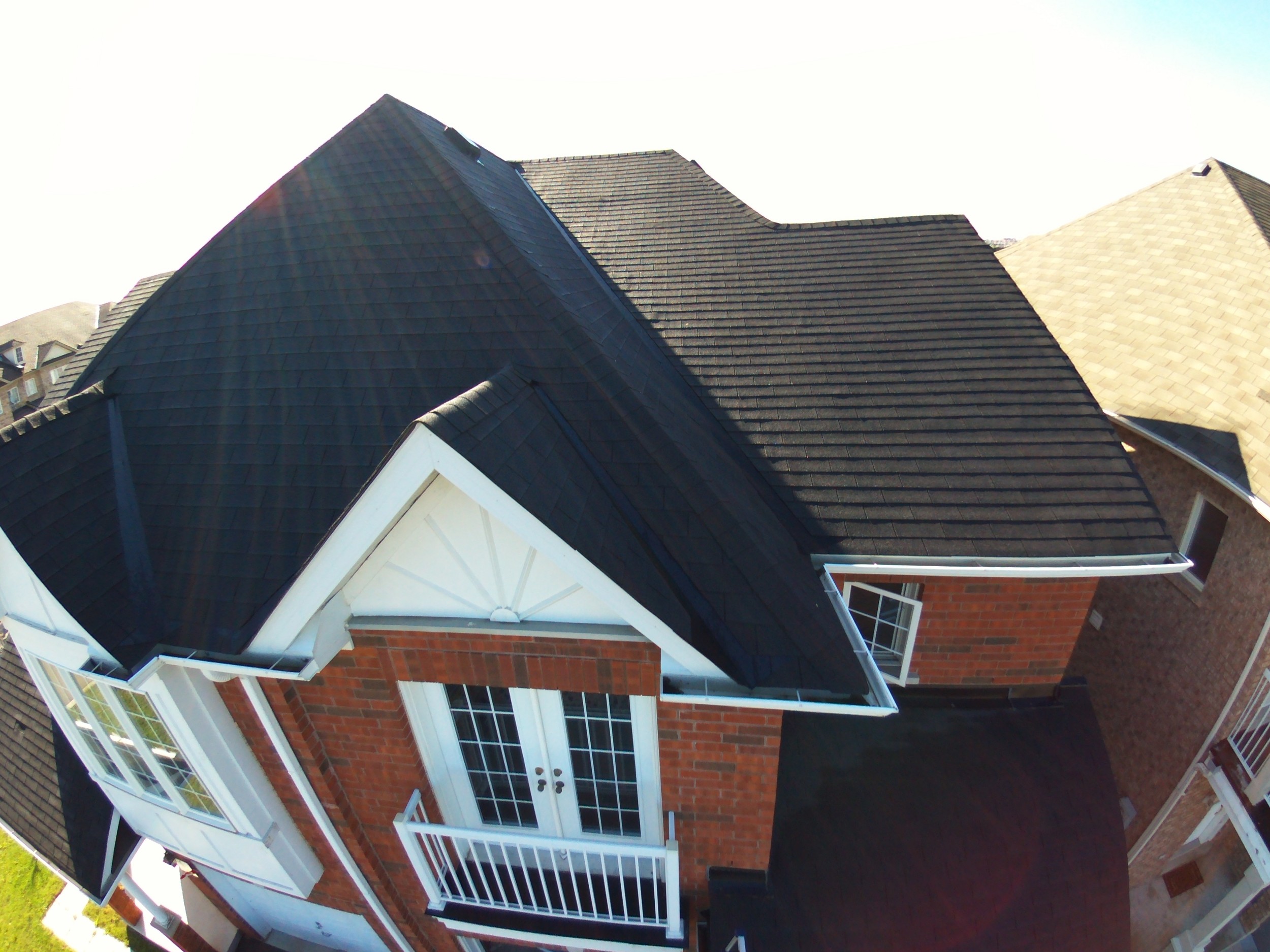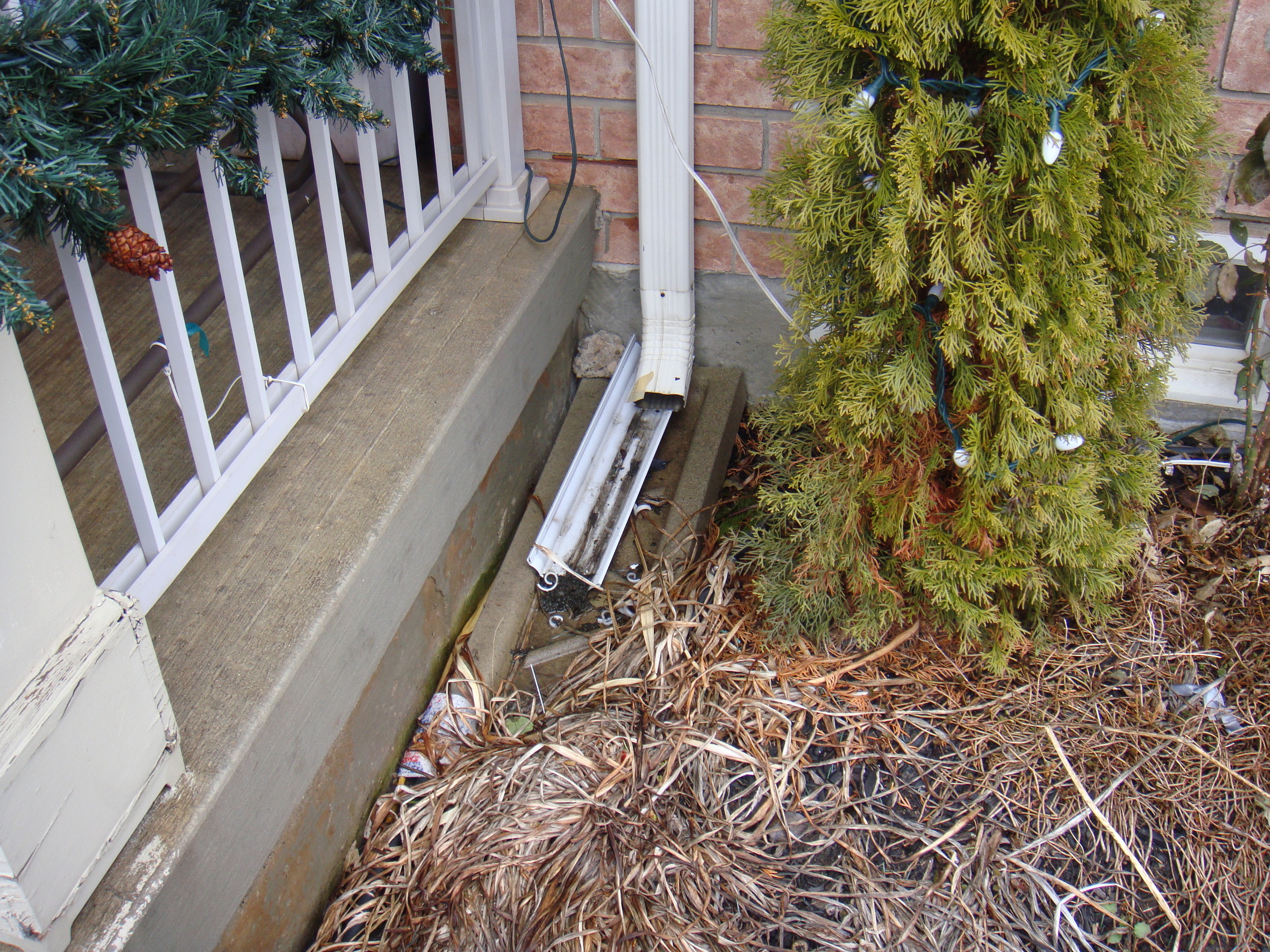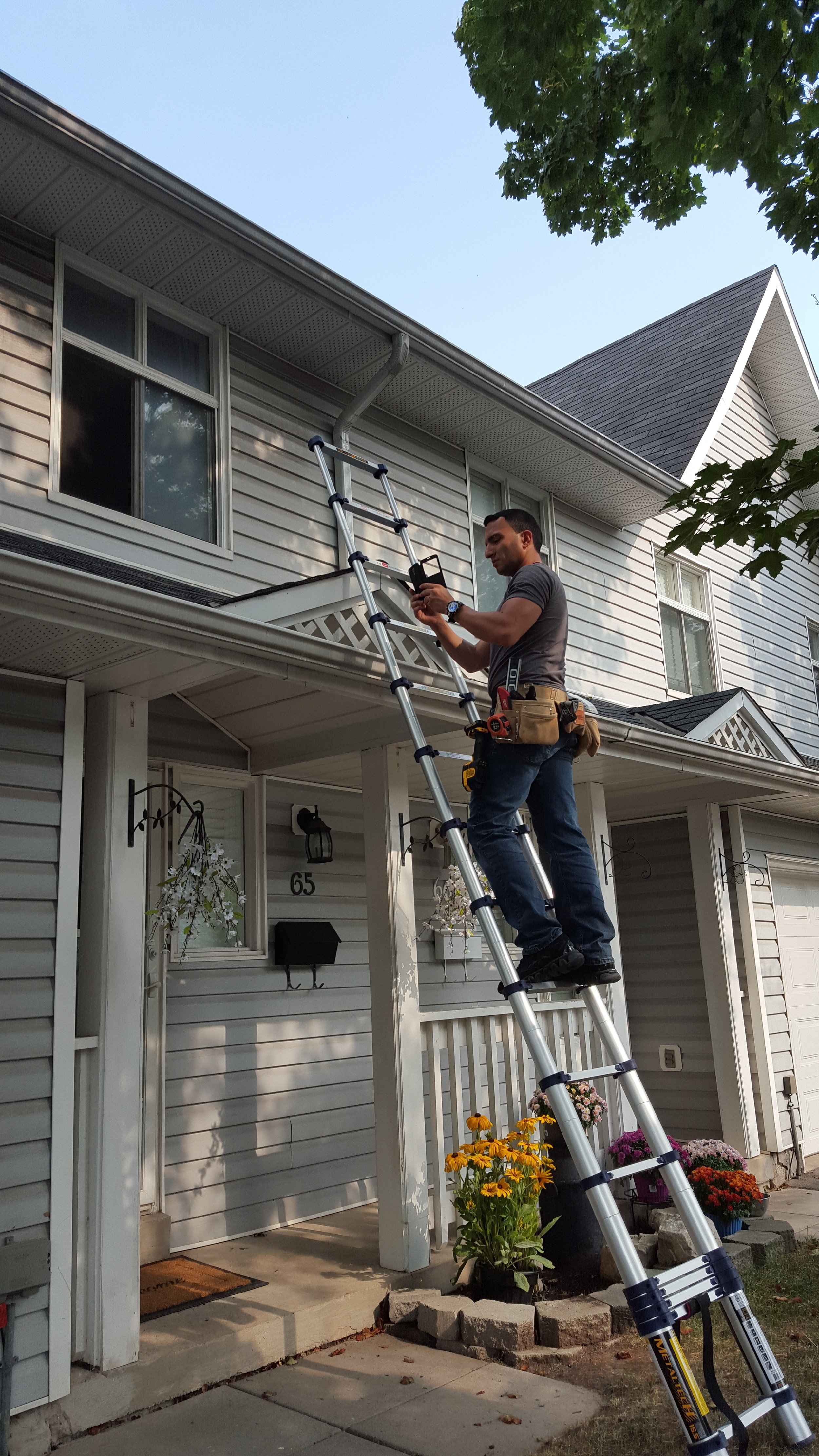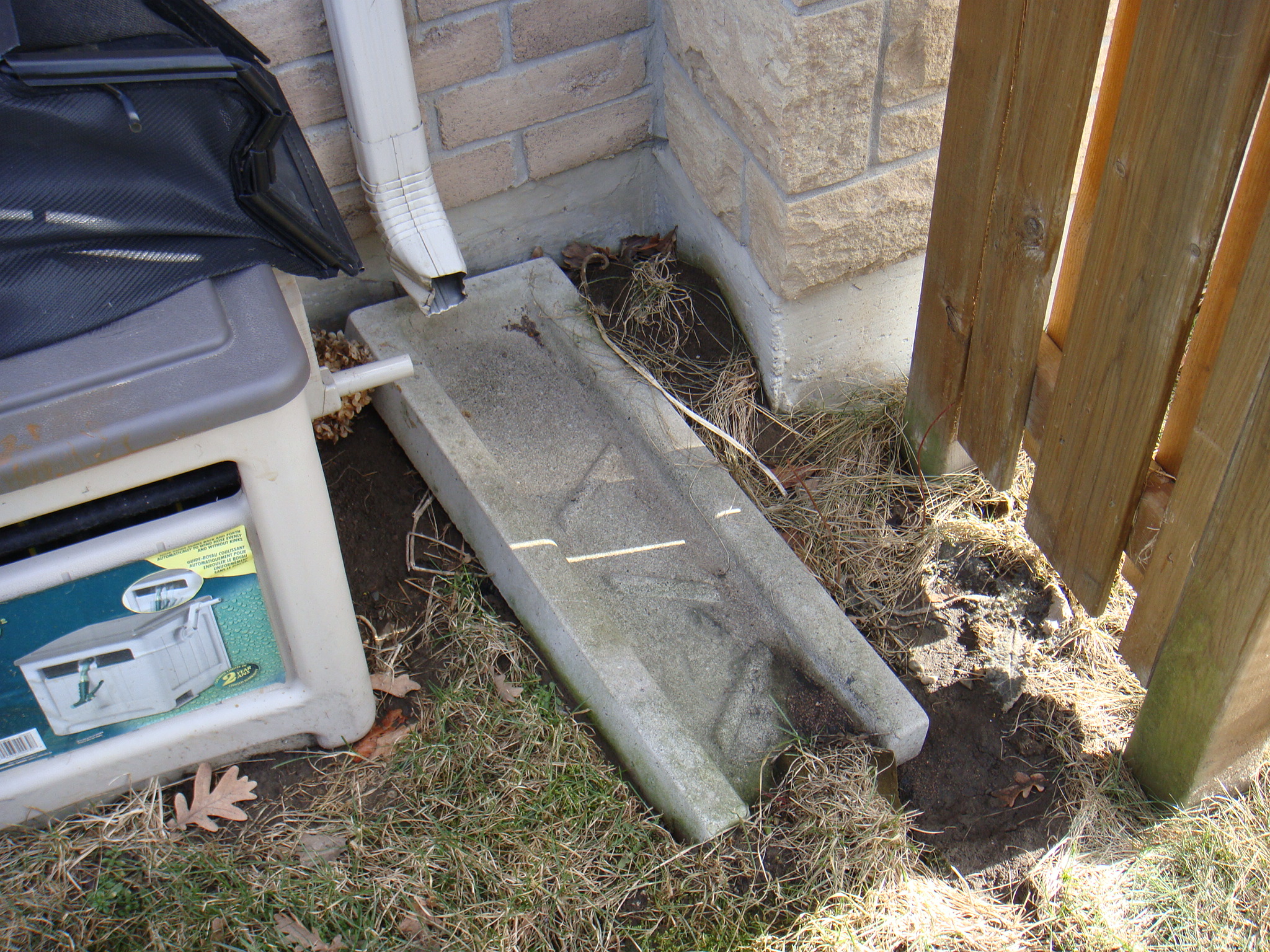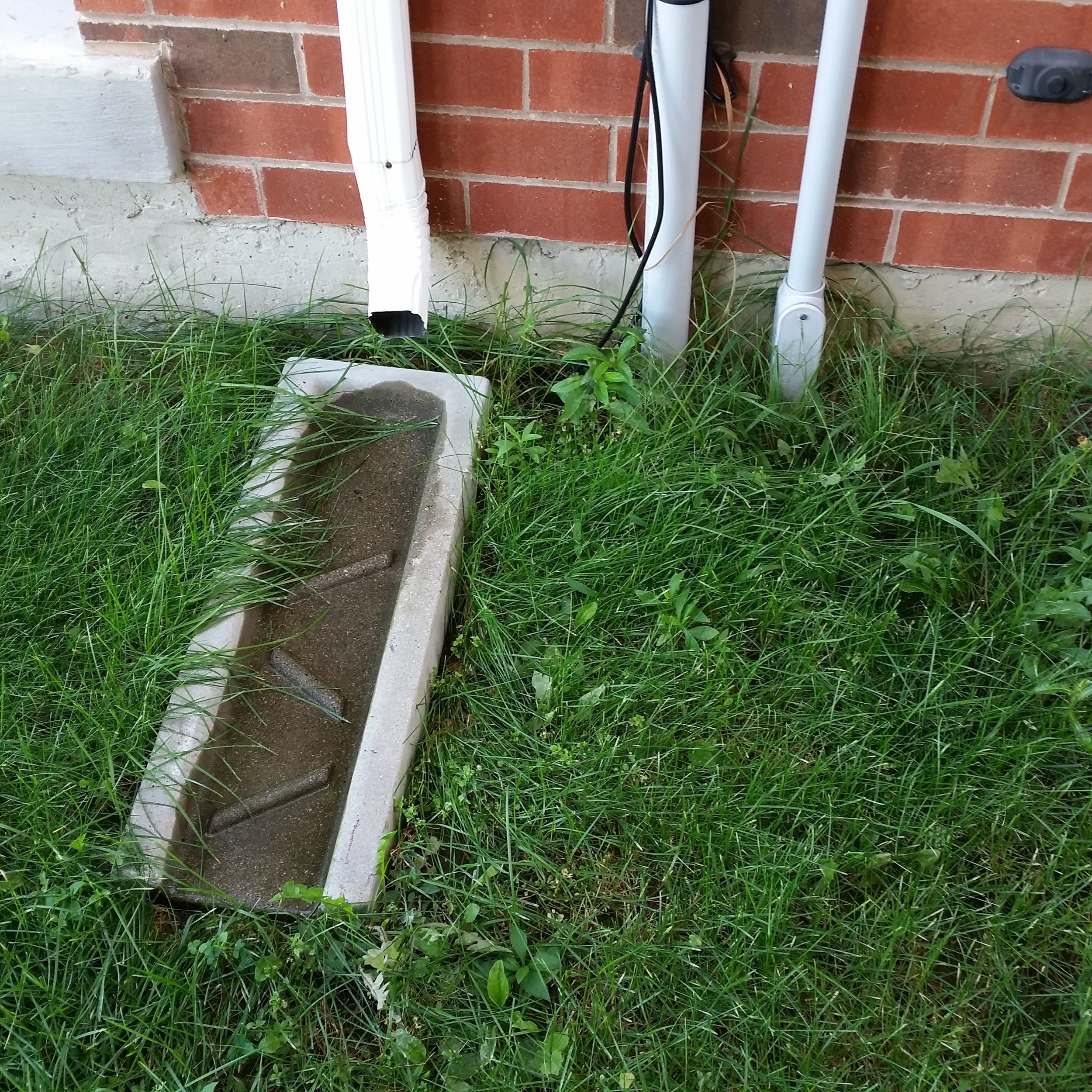Gutters & Downspouts
The most important function of gutters and downspouts is to direct rainwater correctly away from the building and protect the exterior walls from water that would ordinarily run off the roof. Rainwater can damage the wall surfaces or inside the building, causing premature deterioration, rot, mould or localized erosion on the ground and creating leaks inside basements. In colder seasons, roof icicles or black ice on walkways and driveways are significant hazards for people's daily life.
Most common problems that can be detected at the time of the Inspection are:
Leakage
The most common problem with gutters is leakage. Leakage will occur with galvanized gutters as they rust through. Eventually, holes can develop in copper gutters as well. All types of gutters are prone to leakage at the joints. Missing end caps are another common source of leakage. Leakage can cause considerable damage to fascias, soffits, and walls below.
DOWNSPOUT DISCHARGE
Downspouts collect water from the gutters and discharge it into the drains or onto the ground. Underground drainpipes (usually made of clay tile, cast iron or plastic) become clogged or break below grade. If an underground downspout malfunction, water problems will likely develop in that part of the basement.
INTEGRAL OR BUILT-IN GUTTERS
Malfunctioning integral gutters can be very serious. The water leaking out of the gutters usually ends up in the structure, causing rot and other problems.
(All images are from our previous inspections)
LOOSE GUTTERS
Gutters often become loose and require resecuring. This issue is generally due to improper fastening during the original installation or damage caused by ice during colder temperatures.
DAMAGE
Gutters and downspouts suffer from mechanical or weather-related damages. Improper placement of ladders for service, rocking tree branches, and snow or ice buildups can cause costly problems.
DEBRIS
Gutters or downspouts clogged with debris can cause water to overflow, causing damage or mould to other areas. Some homeowners install screens to prevent leaves and twigs from entering the gutter. In some cases, screens can become loose and often fall out.
POOR SLOPE
Gutters should slope properly towards downspouts to prevent ponding; poor slope can develop due to lack of maintenance.

